All Images
News Release 15-018
Nutrient pollution from nitrogen and phosphorus reduces streams' ability to support aquatic life
Residence time of leaves and twigs, important to stream-dwelling species, can be halved
This material is available primarily for archival purposes. Telephone numbers or other contact information may be out of date; please see current contact information at media contacts.
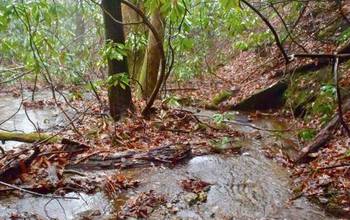
Leaves and wood provide essential "ecosystem services" to streams; nutrient pollution affects them.
Credit: Phillip Bumpers
Download the high-resolution JPG version of the image. (151.2 KB)
Use your mouse to right-click (Mac users may need to Ctrl-click) the link above and choose the option that will save the file or target to your computer.
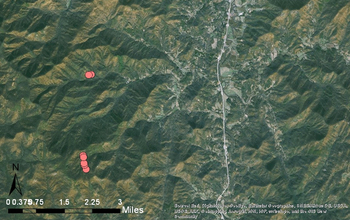
Experiments were in streams (shown by dots) characteristic of human-modified landscapes.
Credit: USGS/USDA/World Imagery Source
Download the high-resolution JPG version of the image. (1.1 MB)
Use your mouse to right-click (Mac users may need to Ctrl-click) the link above and choose the option that will save the file or target to your computer.
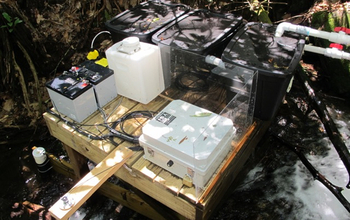
Scientists tested the effects of nutrient pollution by adding nutrients to certain streams.
Credit: Jonathon Benstead
Download the high-resolution JPG version of the image. (333.2 KB)
Use your mouse to right-click (Mac users may need to Ctrl-click) the link above and choose the option that will save the file or target to your computer.
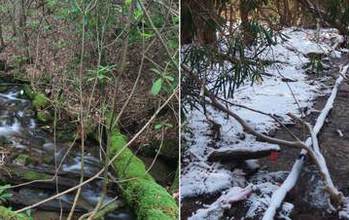
Researchers maintained additions of nitrogen and phosphorus to streams on a year-round basis.
Credit: Phillip Bumpers
Download the high-resolution JPG version of the image. (2.1 MB)
Use your mouse to right-click (Mac users may need to Ctrl-click) the link above and choose the option that will save the file or target to your computer.
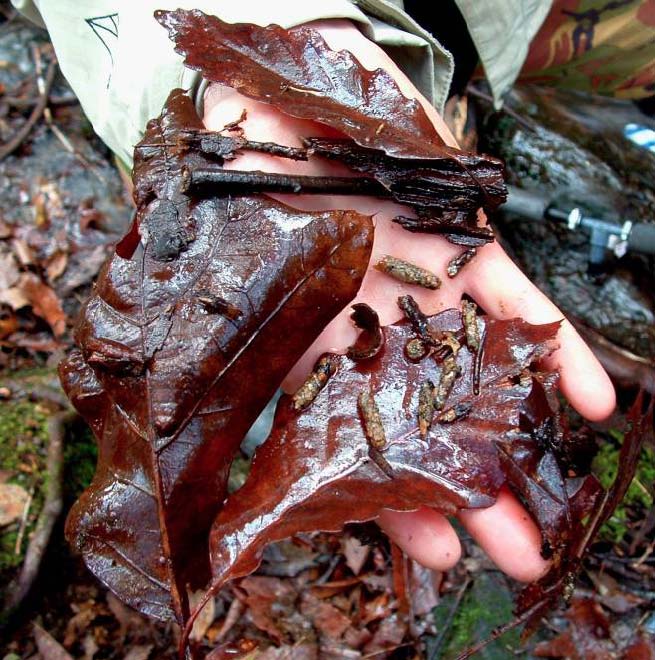
Nutrient-stimulated feeding by stream insects also reduces retention of carbon in stream reaches.
Credit: John Davis
Download the high-resolution JPG version of the image. (101.3 KB)
Use your mouse to right-click (Mac users may need to Ctrl-click) the link above and choose the option that will save the file or target to your computer.


